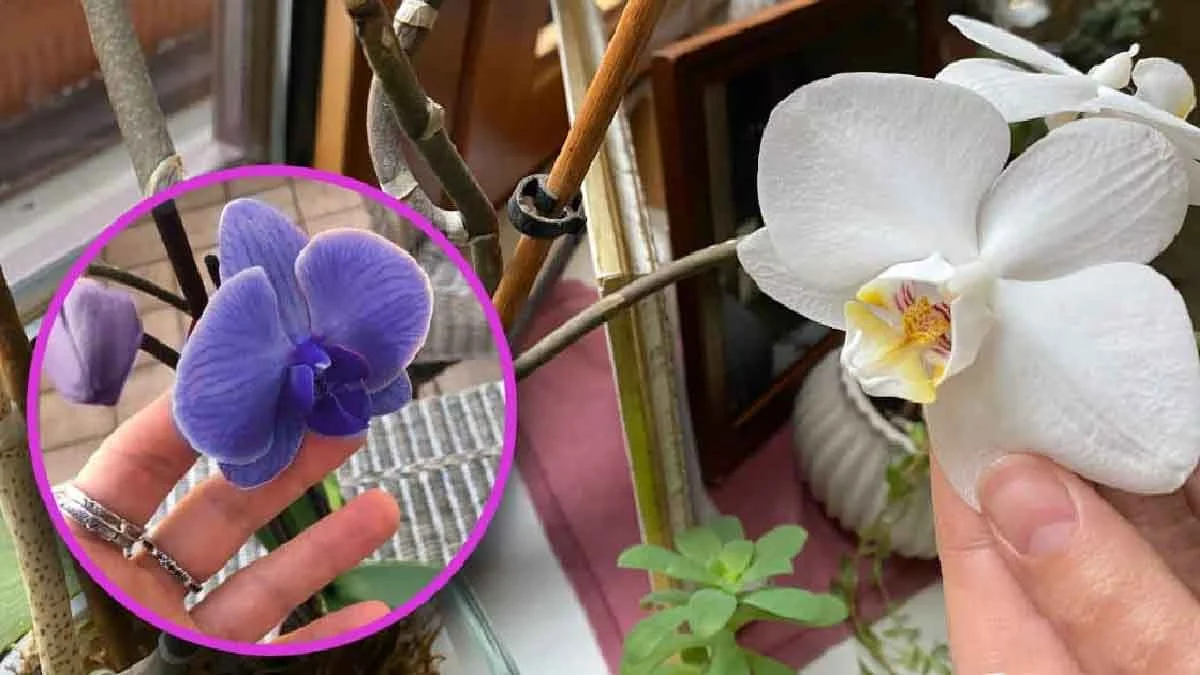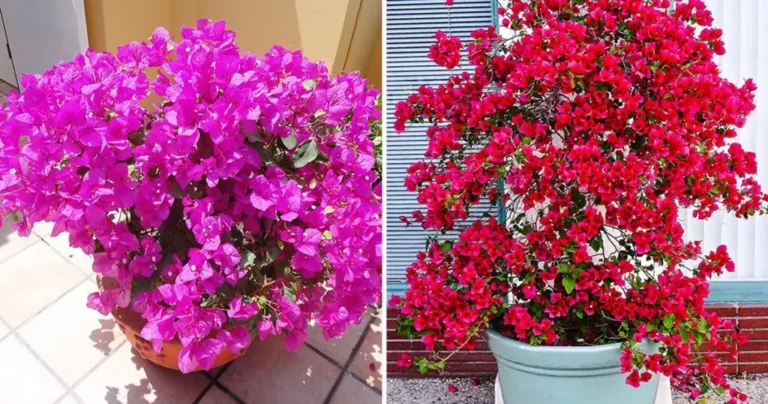Here are some things to keep an eye out for if your orchid flowers suddenly change color!
For those who appreciate exotic plants , there is nothing more magnificent than seeing orchids growing healthy. The most widespread variety is the Phalaenopsis orchid which offers beautifully colored butterfly-shaped flowers during the flowering period.
However, it is common to observe a rather strange phenomenon during the flowering of this plant, namely the change in color of the petals of its flowers . What are the causes of this phenomenon?
Natural decline
This is the only reason why color change should not be of particular concern. Decay is a hypothesis linked to the normal aging of flowers .
Towards the end of flowering, when the flowers are about to fade or have already started to fade, its pigments can break down and the color begins to change.
You may notice pink shades in the orchid’s white flowers or lighter traces in the purple flowers.
Rotten roots
When the roots of your plant rot, very quick interventions are necessary to save your orchid.
If you notice that the flower petals are very dark or mottled, ranging from light to black, the cause may be root rot.
In fact, when they are exposed to too much water, the roots begin to rot and the leaves and flowers can turn black.
To do this, try repotting the plant in dry soil, so that it recovers quickly.
Sunburn
During the summer months, it is not uncommon for orchid flowers to turn orange or light brown.
This is certainly not a natural metamorphosis, as the petals change consistency and become drier.
It is the direct rays of the sun that burn the flowers.
To do this, you need to keep the plant in indirect sunlight. This prevents the leaves and flowers from burning.
Diseases or parasites
Have you noticed a sort of white patina on the flowers of your orchids? It could be a disease or a parasite attack.
Powdery mildew is a fungal disease recognizable by its white coating. It generally covers the leaves or flowers. Not surprisingly, it is known as the white plant disease.
However, it can also be myellated which is a white substance secreted by some parasites such as scale insects or aphids. Typ






